“The Work We Do” is an interview series that asks creatives with daydream-worthy jobs how they got where they are—and what it’s like to live a day in their shoes. This week, I’m speaking with floral designer Liza Lubell of Brooklyn-based Peartree Flowers.
Liza has one of those jobs that seems both entirely romantic and entirely impossible at the same time—like most jobs that involve balancing artistry and client desires (“a dance,” Liza put it more eloquently). I’ve always been curious about the life of a floral designer and have only been recently given the chance to look behind the scenes with a few friends and acquaintances who have their own businesses. I was grateful that Liza—whose work is incredibly beautiful—was willing to talk in more detail about how she came to do what she does, and what it’s like day-in and day-out.
Tell us, when did you first decide floral design was for you?
I got my first taste for horticulture in college, working as a landscaper during the summers. When I finished school with somewhat useless degrees in philosophy and art, I started to think more and more about plants and flowers, and decided that working at a flower shop sounded like a lovely way to start to figure out the rest of my life. I moved to Portland, Oregon and essentially begged for employment at a shop I had discovered from afar. There, I learned I really adored working with flowers—and I was intrigued at the idea of owning my own business. After a year and a half, I decided I wanted to do things a little differently and branched out to start my own business. I really thrived and got comfortable in Portland for another four years before I made the move back to New York.
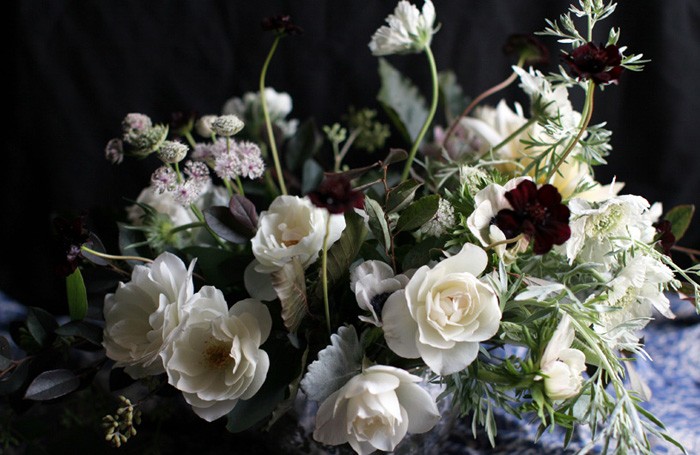
Are you self-taught? How did you learn what you needed to know to get started?
I learned pretty much everything either on the job or by teaching myself. I didn’t know what “processing flowers” meant and had never even made an arrangement before I found myself employed as a florist. I learned a lot very quickly. Early on, I would hoard leftover flowers from the shop, stay up late, and try my darndest to figure out how to make things look beautiful. In the end, it was a very exhilarating, rewarding—and frustrating—time.
It sounds like your decision to pursue floral work was a bit of an unexpected choice. Did you ever think you’d end up where you are today? Were you ever anxious it wouldn’t work out?
Truth is, I never thought about it. That might sound bizarre, but I never really worried about it. I just assumed I’d figure it out as I went—and I have.
After several months of running this series, we’re finding there are no typical days for most creative professionals. Is this the case for you, too?
Yes. That’s something I really cherish about this job. It’s always different depending on the project at hand. But a somewhat typical day starts with me listening to some terrible—or terribly awesome—pop rap while driving to the flower market. Then I’ll spend the rest of the day running around 28th Street trying to find interesting materials while high-fiving flower buddies and spilling coffee everywhere, shoving everything into my tiny car, driving to my Greenpoint studio, processing flowers, making arrangements, responding to emails, eating croissants, writing proposals, gossiping with fellow freelancers, freaking out about having enough or too much material, and then going out for cocktails with friends after work. Distilled that way, it’s pretty fun.
What’s the hardest part of your job?
It’s hard to wear a million different hats all the time and have to be an expert at everything. There’s a lot of “fake it ’til you make it” happening on a daily basis, but I also think that’s a huge part of what being a business owner is all about. The secret is none of us really know what we’re doing all of the time—but so long as we do most of the time, it’s going to be okay.
What advice would you give to someone hoping to become a florist?
Become a sponge. Intern or freelance with a few people and see what it’s like from a variety of perspectives. There’s a lot of allure and mystique to working with flowers—I still feel that way after nearly ten years—but it’s also a lot of hard work. There’s a lot of schlepping, lifting, driving. You’re constantly moving matter. Initially, I envisioned that working with flowers would be this romantic job where I could read great novels while leisurely playing with plants. I was totally wrong. It is, however, a good opportunity to work on flexing your muscles—creative ones included—and to practice running your tush all over the city.
What do you love most about your work?
I love helping clients realize their visions. I love transforming spaces into magical flower worlds. I love surprising people and introducing them to materials they’ve never seen before. I love working closely with farmers and understanding more about the growing process. I’m learning so much all the time, and I try to always push myself to keep it interesting. With such a versatile and ever-changing medium, it never gets old.
What inspires you creatively? What keeps the ideas coming?
I get inspiration from so many different sources. From color combinations I see in clothing, to weeds growing out of the sidewalk—it’s everywhere. I go to Costa Rica every winter and I find the colors of the ocean, the sunsets, and the bougainvillea are so intoxicating that I can’t help but gravitate towards the brightest hues when I return. More simply, though, the flowers themselves inspire me. There are such different materials to choose from at all times of year. I never ever tire of seeing the first hellebores of the season—it’s better than Christmas.
What’s next for you in 2015?
I think I have to keep that a secret for the time being—but I’m looking forward to sinking my teeth into an interesting new project in the new year. I’m pretty excited about it, so please stay tuned!
Thanks so much, Liza. Visit Peartree Flowers, here. Top portrait by Matthew Williams.
Thank you to Shoko Wanger for her help with this series. Read more about the inspiration behind it.


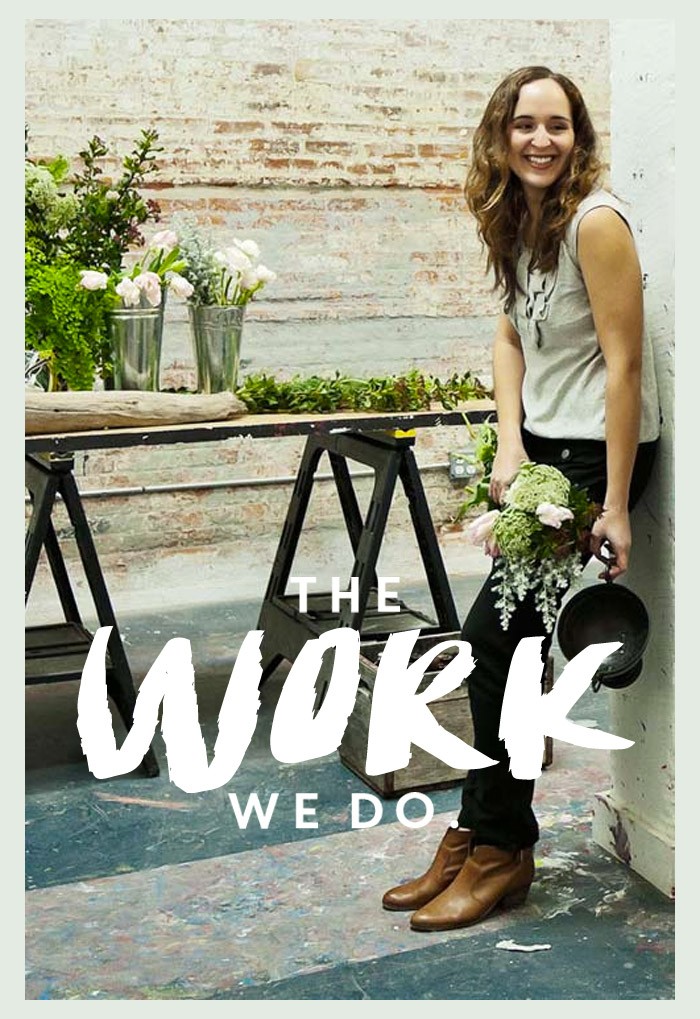

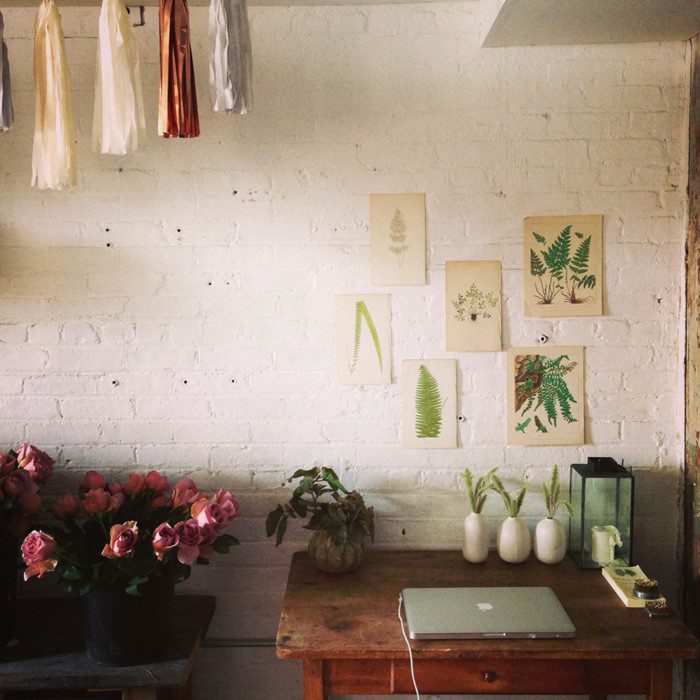
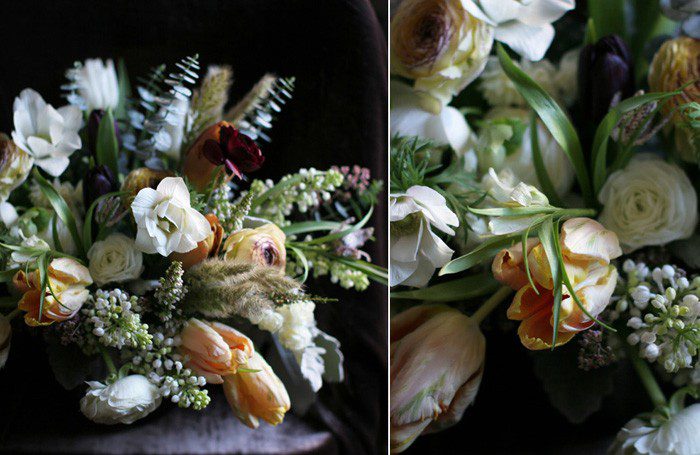
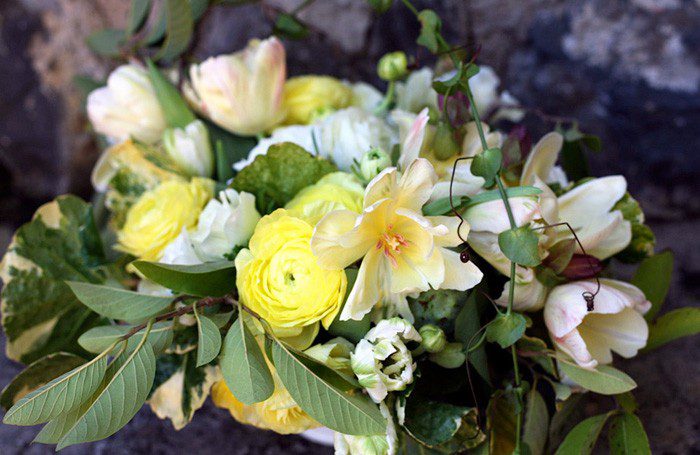
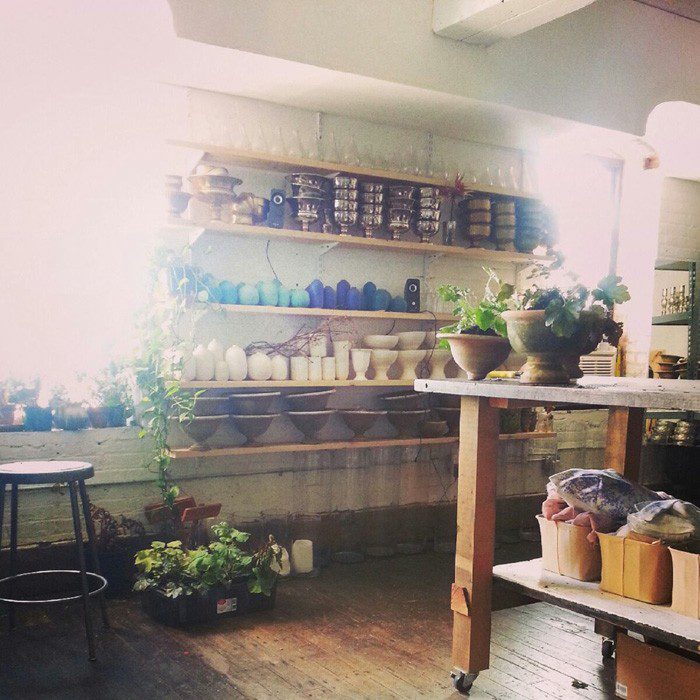














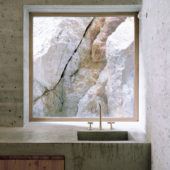



















17 Comments